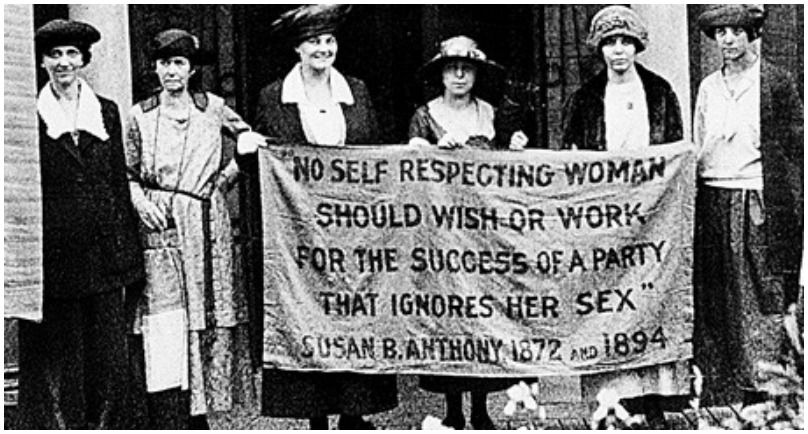More than 95 per cent of all countries in the world have granted women two fundamental democratic rights since the beginning of the 21st Century, the right to vote and the right to stand for election.
But a quick glance at the current composition of political decision makers in any nation provides evidence women still face major obstacles when it comes to female representation in elected office.
When we look at global statistics, we see that the percentage of women in parliament has nearly doubled in the last 20 years, but this only translates into 22 per cent of women in parliament.
Women who want to enter politics find that the political, public, cultural and social environment is often unfriendly or even hostile to them.
The exclusion of women from decision-making bodies limits the principles of democracy in a society and discourages the attainment of gender equality.
As noted in the Millennium Development Goals, the equal participation of women with men in power and decision-making is part of their fundamental right to participate in political life.
One country making great strides in politics especially with regard to female political participation since the mid-1990s is Rwanda. At present Rwanda has the highest number of female parliamentarians in the world, with 64 per cent of seats held by women.
This greatly surpasses the 30 per cent bench mark that is considered an important benchmark for women’s representation.
There is an under-representation of women in politics and as voters that needs to be addressed and the United Nations Development Program and UN Women is fighting to change this.
By implementing parliamentary strengthening projects which involve, candidate training, induction, and mentoring programs, awareness campaigns to counter gender stereotyping of candidates.
These projects are aimed at promoting women’s empowerment in politics and effective participation in parliament, which is taking place on every continent.
For more information on women’s equal political participation you can check out the UNDP or UN Women website’s.


